When it comes to hydraulic pumps, a hydraulic gear pump in particular is simple, economic, and uses a small amount of oil for lubrication. And though some gear pumps have been known to be quite loud, newer models are much quieter and more reliable than older pumps. The increased reliability and improved sound quality can be attributed to new gear design such as helical gear teeth and split gears as well as higher precision and tooth profiles that allow for smoother meshing and unmeshing. These aspects reduce the occurrence of critical problems such as pressure ripple and similar issues. High pressure hydraulic gear pumps are also an option for harsh environments where there could be extreme temperatures and pressure surges. With a specialized cast iron body, these pumps are known for having long working lives. Even regular hydraulic gear pumps are known for their long life span, gradually wearing down rather having a sudden, detrimental breakdown. So how do you know when it is time to replace your hydraulic gear pump?
Replacing a hydraulic gear pump may become necessary depending on deteriorated efficiency or the remaining bearing life. Predictive maintenance technology or professional maintenance personnel will most likely be needed to determine bearing life; but even with such assistance, this task can be difficult. Deterioration in efficiency is a more obvious issue as the machine slows down and cycle times increase. If this is the case and the slow-down is enough to replace the pump, then quantifying the loss of efficiency may not be necessary; but in some cases this quantification can be helpful for comparative reasons. In order to do this, there needs to be an understanding of mechanical/hydraulic efficiency and volumetric efficiency as well as overall efficiency.
To find a pump’s mechanical/hydraulic efficiency, the theoretical torque required to drive it is divided by the actual torque required. While mechanical/hydraulic efficiency is determined by torque, volumetric efficiency is determined by flow. In this case, the actual flow delivered is divided by the theoretical flow (which is found by multiplying the driven speed by the pump’s displacement per revolution). The actual flow must be measured using a flow meter. Determining both of these efficiency values will help to understand the overall efficiency, which is important when it comes to making the decision of whether or not to purchase a new hydraulic gear pump. Know your equipment, how to get the most out of it, and when it’s time to upgrade to a new model. For more information or to request a quote on a hydraulic gear pump, contact one of the leading manufacturers in the industry today.
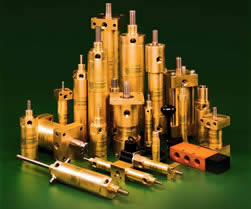 Hydraulic Cylinders
Hydraulic Cylinders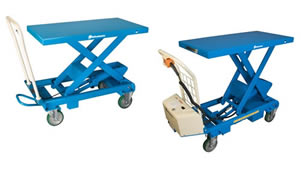 Hydraulic Lifts
Hydraulic Lifts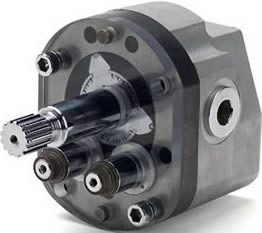 Hydraulic Motors
Hydraulic Motors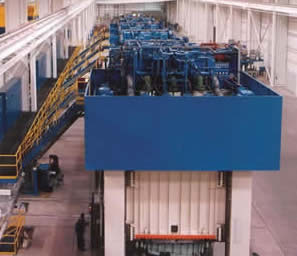 Hydraulic Presses
Hydraulic Presses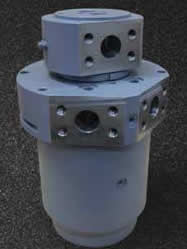 Hydraulic Pumps
Hydraulic Pumps Hydraulic Seals
Hydraulic Seals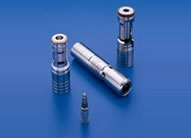 Hydraulic Valves
Hydraulic Valves Castings & Forgings
Castings & Forgings Bulk Material Handling
Bulk Material Handling Electrical & Electronic Components
Electrical & Electronic Components Flow Instrumentation
Flow Instrumentation Hardware
Hardware Material Handling Equipment
Material Handling Equipment Metal Cutting Services
Metal Cutting Services Metal Forming Services
Metal Forming Services Metal Suppliers
Metal Suppliers Motion Control Products
Motion Control Products Plant & Facility Equipment
Plant & Facility Equipment Plant & Facility Supplies
Plant & Facility Supplies Plastic Molding Processes
Plastic Molding Processes Pumps & Valves
Pumps & Valves Recycling Equipment
Recycling Equipment Rubber Products & Services
Rubber Products & Services